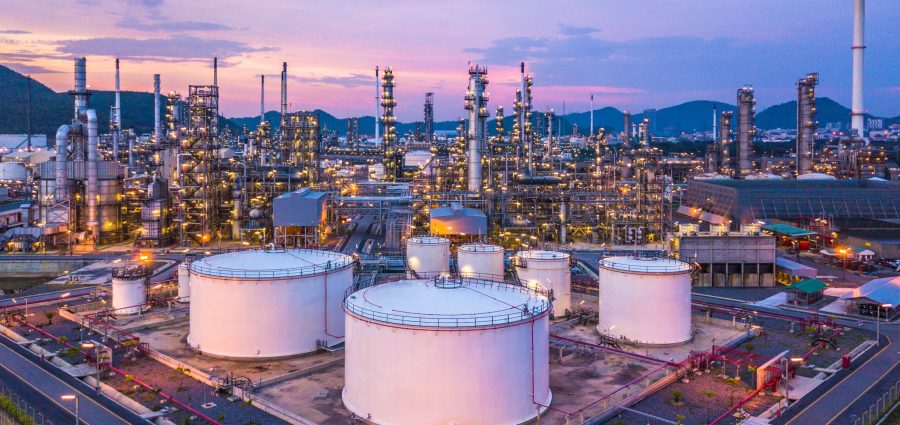U.S. producer prices increased less than expected in October, while services fell for the first time in nearly two years, according to data released by the U.S. Bureau of Labor Statistics Nov. 15, which indicated that inflation may be starting to subside.
The producer price index for final demand (PPI) rose 0.2% in October while increasing 8% compared to October 2021, the smallest year-over-year increase since July 2021. Neither increase met the expectations of economists, who forecasted hikes of 0.4% consecutively and 8.3% year-over-year.
“This report will add to the narrative that inflation has peaked and, in particular, that pressures from the goods sector may be easing,” said Brean Capital Senior Economic Advisor Conrad DeQuadros, an economist polled by Reuters.
Contributing to the PPI increase last month was a 0.6% increase in the price of goods, twice the 0.3% increase in September. October’s increase in the price of goods was carried by gasoline, which vaulted 5.7%, accounting for 60% of the increase in price for goods.
The index for final demand services fell 0.1% in October, according to the report — its first decline since dropping 0.2% in November 2020. Trade services, which measure changes in profits received by wholesalers and retailers, decreased 0.5%, while prices for transportation and warehousing services dropped 0.2%.
A major factor in the October decrease was fuels and lubricants, which fell 7.7%. Prices for hospital inpatient care, however, increased 0.8%. The increase in medical services components concerned economists, who said the rise was driven by wages.
“This could be an even more concerning inflation dynamic for Fed officials that have been hesitant to acknowledge wages as a driver of strong price inflation,” said Veronica Clark, a Citigroup economist polled by Reuters.
Related Posts
-
In the first quarter and second quarter of 2022, year-over-year growth topped 36.1% and 24.2%,…
-
The company said it saw benefits of carryover pricing impacts from 1Q, alongside continued strong…
-
After surpassing its pre-pandemic level in September, backlog is now back below the reading observed…






